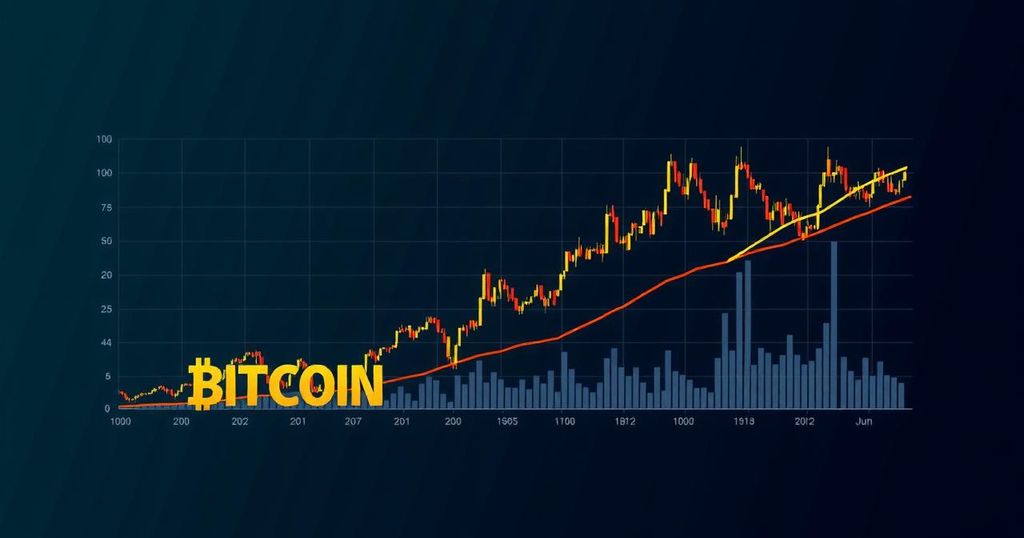Bitcoin’s Price Struggles: Will Upcoming Macroeconomic Changes Fuel a Rally?
Bitcoin (BTC) has encountered significant challenges in rallying beyond its pivotal support and resistance level of approximately $62,000 following the market crash on August 5. Investor sentiment has become increasingly fraught with anxiety regarding potential further downturns in the cryptocurrency landscape over the forthcoming weeks, especially in September. The apprehension is reflected in Bitcoin’s fear and greed index, which declined from 39 percent on Thursday to 34 percent on Friday as prices dipped beneath the $61,000 mark.
Recent on-chain data analysis by Glassnode reveals that long-term Bitcoin holders have experienced a net realized profit/loss totaling approximately $138 million, which marks a notable decrease from over $900 million in the preceding weeks. Despite this downturn, long-term holders have been actively accumulating more Bitcoin in anticipation of an impending bullish trend. BlackRock’s IBIT prominently stands out as a significant player in this regard, having acquired Bitcoin worth over $280 million within the last two weeks and leading the accumulation among U.S.-based spot Bitcoin exchange-traded funds (ETFs).
This trend of accumulation is mirrored by Bitcoin miners, who have nearly matched this value in mined coins, creating a balance between market buyers and sellers.
A report published by Matrixport, a research group noted for accurately identifying Bitcoin’s bear market bottom and forecasting the forthcoming 2023-2024 bull run, indicates that a macroeconomic shift is poised to catalyze the next major price rally. They argued, “Financial markets may appear stabilizing; however, we possibly stand at a vital inflection point as gold, oil, treasury yields, and the U.S. dollar navigate through critical support levels. This scenario implies that a major macroeconomic transition could be on the horizon, with its ramifications likely destined for clarity in the impending months.”
Furthermore, Matrixport underscored that the upcoming U.S. elections coupled with potential interest rate reductions anticipated next month are likely to instigate this macroeconomic shift. They also suggested that the post-Bitcoin halving bullish cycle is approaching its midpoint, traditionally taking around 250 days to achieve its peak.
In conclusion, while Bitcoin struggles to regain its previous levels amidst market uncertainty, the accumulation activity from long-term holders and insights from the research community suggest that a notable recovery may be on the horizon, propelled by significant macroeconomic developments in the near future. Investors would do well to maintain awareness of these evolving dynamics as they navigate the complex landscape of cryptocurrency trading.








Post Comment